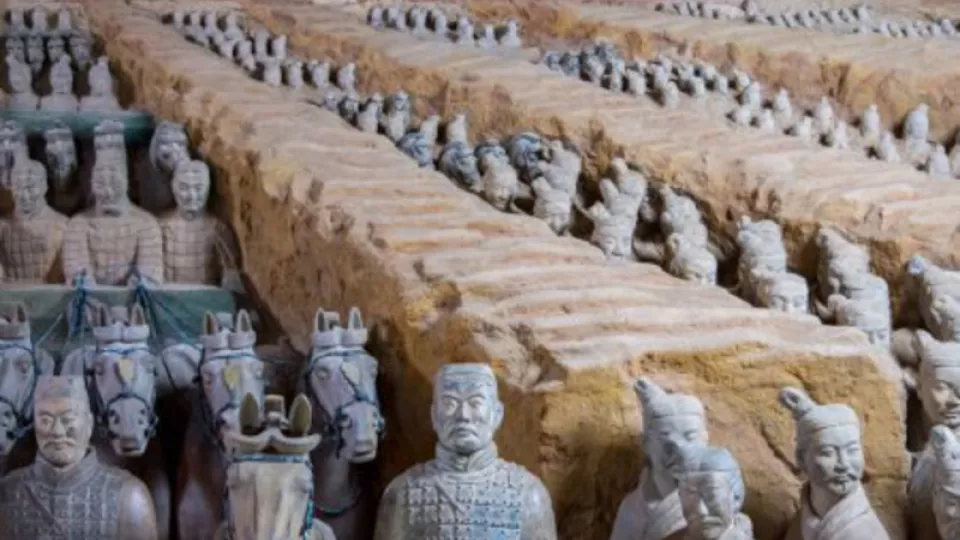According to 2200 years old records, the so far never opened tomb of emperor Qin should contain large amounts of liquid mercury, forming lakes and rivers of a large-scale “map” of China, which had been unified by him. Recently, the research group of Prof. Sune Svanberg, part-time active at South China Normal University in Guangzhou, and currently remaining as part-time senior professor at the Physics Department, Lund University, was able to detect mercury gas, leaking out from the under-ground tomb chamber. The results have just been published on the Nature Scientific Reports website.
A mobile lidar (light detection and ranging) system was developed and employed in the mapping of the atmospheric mercury. The techniques are based on research on remote sensing of mercury pursued during decades by Svanberg´s group at Lund University. The article also makes the connection to the quest for making a perfect seal for an enclosure, as pursued from antique times up to the present-day discussion on the final storage of nuclear waste.


